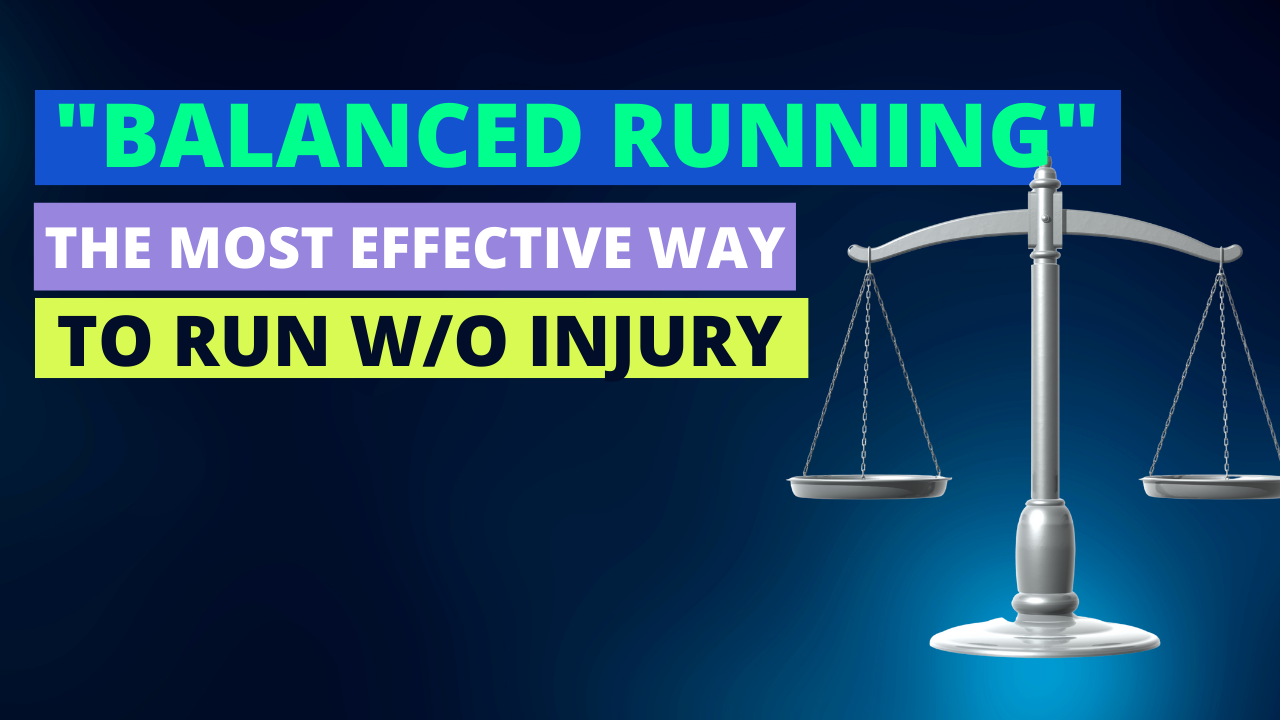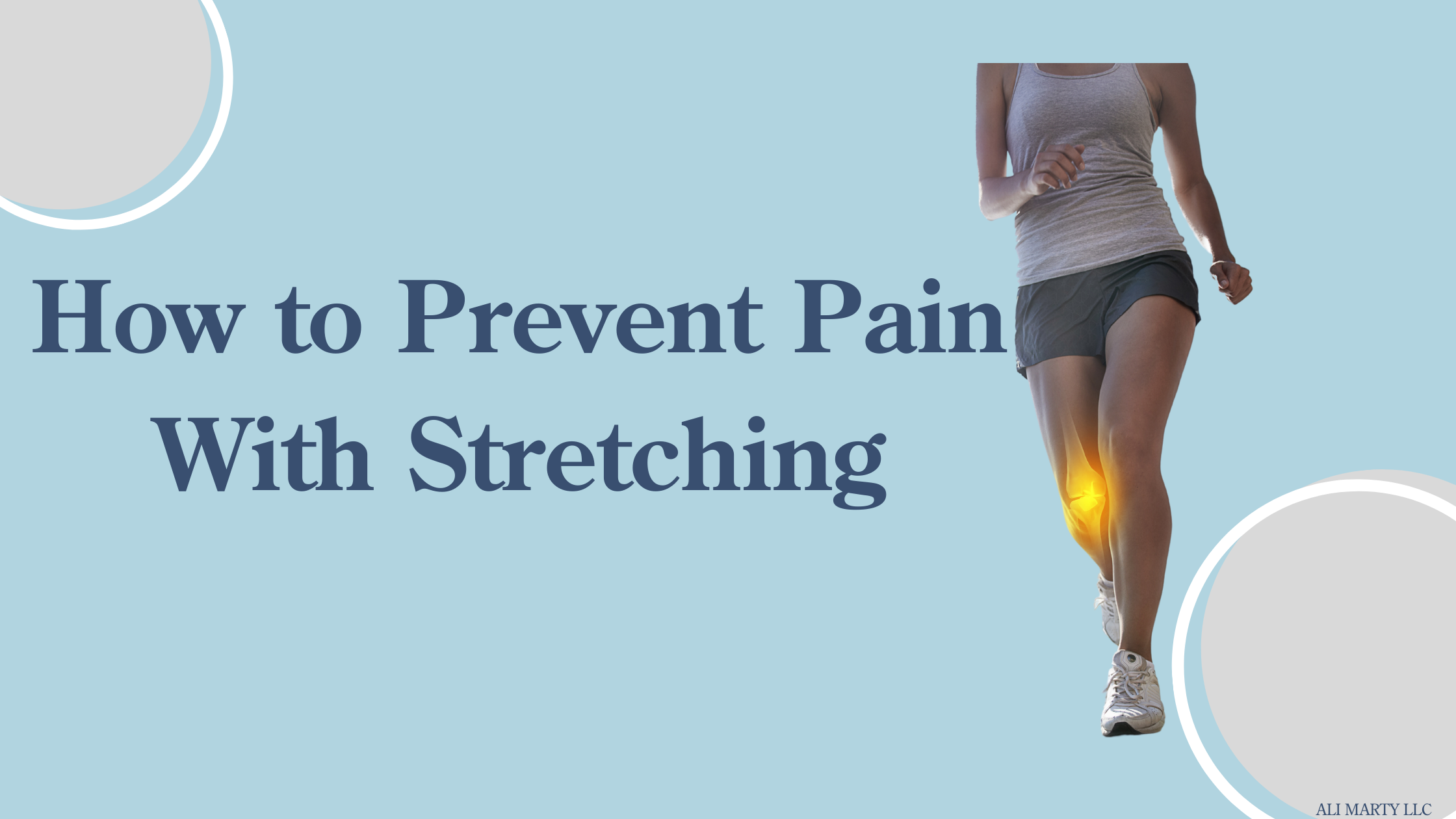
3 Training Mistakes Runners Make When Running After an Injury
Running after an injury requires a careful approach to ensure a safe and successful return to training. Many runners, eager to get back on track, often make common training mistakes that can hinder their recovery and lead to further setbacks. In this blog post, we will explore three key mistakes runners make when returning to running after an injury, and provide guidance on how to avoid them.

Balanced Running
The most effective way to cross the finish line after an injury is balanced running. Have you ever noticed when you ask in a running group what to do to train or run more after an injury without flaring up the injury again you get 50 different answers? It’s not that any of those people are wrong… actually they’re all right, just giving incomplete answers.

Should You Run Before or After Workout?
Hey Runner! You’re running, you’re strength training… But does it matter which one you do first? It does… it matters if you run first or strength train first.

Prevent IT Band Problems
IT band problems are very common… But that doesn’t mean having pain there is normal. This post is going to dive into how to prevent IT band problems so you can run without IT band injury.

Run without Getting Hurt
The 6 things to do now to run and not get hurt. Runners love to run and want to keep being able to run without getting hurt. This in-depth blog post details exactly what to focus on to run without getting hurt.

Best Stretches For After Running
The best stretches for after running. After a run is the best time to do static stretching. This post outlines the best stretches to do in less than 15 minutes after you run.

Best Strength Exercises Runners Do For Knee Pain
Runners get knee pain and need to strengthen muscles to get rid of their knee pain. These are the best strength exercises for runners with knee pain.

Does Rest Help Knee Pain?
Does rest get rid of knee pain? Your doctor told you to rest and stop running to cure your knee pain but will that work?

Why Walking Is OK When You Can’t Run Because Of Knee Pain
Walking and running both exercise your heart, your circulation, and your muscles. If my body is telling me it can’t walk today then I’m going to listen to it. I’m not going to lose fitness if I miss a few runs. And really, it doesn’t matter if I lose some fitness because I skipped months of running if my body said no to running. Walking can keep your body used to going the same distance (when you walk the same distance you would have run). And then I can incorporate strength training without rest to keep up my cardio

Why Walking In Water is OK When You Can’t Walk Around The Block
Water walking is an excellent way to exercise and improve tolerance to walking when you currently can’t tolerate walking on land. If you want to reduce pressure on your joints and exercise in the water if you are belly button deep you reduce your weight by half, if you are chest deep in the water you reduce your weight by 75% and finally if you are neck deep in the water you reduce your weight by 90%, so that’s also less pressure felt on your joints. You can start with slow and gentle walking, and then the faster you go the more resistance the water will give you.

Why Riding A Bike Is OK When You Can’t Walk Because Of Knee Pain
Riding a bike is 100% OK when you can’t walk or can’t walk very far. Riding a bike takes less energy to go the same distance compared to walking, riding a bike puts less pressure on your knees compared to walking, riding a bike is a good way to exercise the legs because you can improve range of motion, strength and circulation. When you want to exercise can can’t walk, choose a bike instead. You can ride inside or outside, you can ride a recumbent bike or upright bike, it’s all good exercise.

Do I Need a Gait Analysis for My Knee Pain
You may need a gait analysis if you are a runner who regularly does strength and stretching and recently started having knee pain without having any other reason for why the pain came on. Someone who isn’t an athlete that has longstanding knee pain that has worsened over time can do a few things at home to see how they stand and walk including check if they have knock knees or bow legs, see if they can stand on one leg an dif they can does their hip drop, when they walk do they sway their hips side to side? For more information on how to fix these problems check out the full Youtube Video.

How to Prevent Pain with stretching
The best way to prevent pain with stretching is to get into a regular stretching routine. Start off small and slow, start off stretching a few areas each day, focusing on 1 or 2 major muscle groups a day until you’ve gotten a handle on how to stretch each area. Over time make your daily stretching routine longer, stretch every major muscle group daily, and make sure to do strength and cardiovascular workouts 3x/week as well.